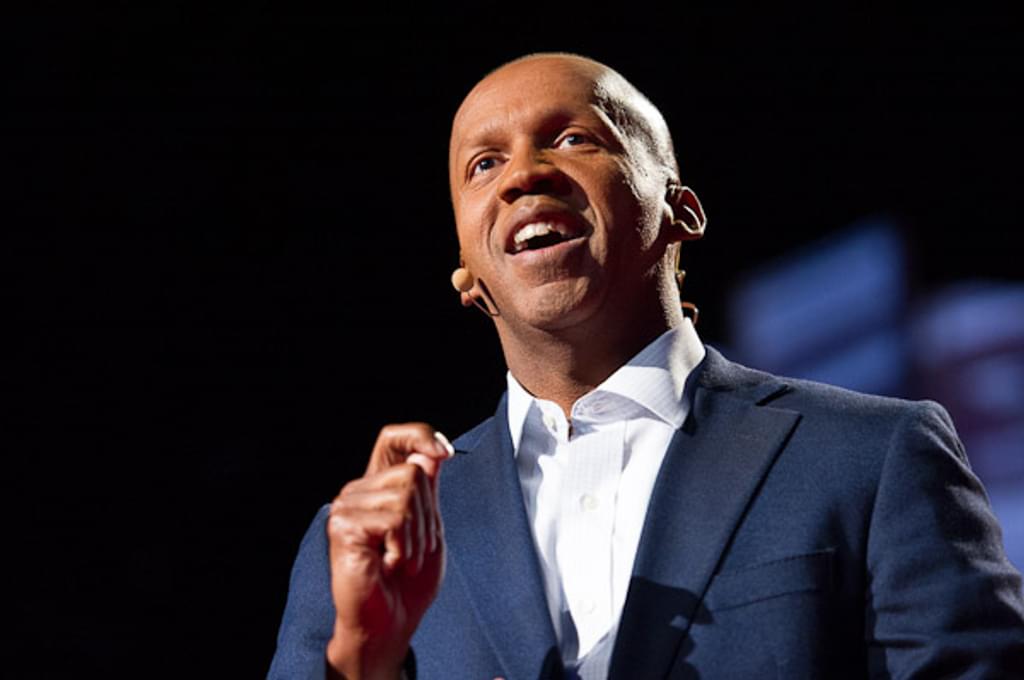
Lynching has long been regarded as a regional phenomenon, but in an updated edition of its landmark 2015 report “Lynching in America: Confronting the Legacy of Racial Terror,” the Equal Justice Initiative (EJI) has now documented more than 300 lynchings of African Americans in states outside the Deep South. “Racial terror lynching was a national problem,” said EJI Director Bryan Stevenson (pictured). More than six million African American migrants fled “as refugees and exiles from terror in the American South,” but the racial terror often followed them. “Hundreds of lynchings took place outside the American South,” he said. The original EJI lynching report documented more than 4000 racial terror lynchings in 12 Southern states, and described the historical link between lynching and the modern-day death penalty. The new edition tracks lynchings in eight states in the Midwest and Upper South: Oklahoma (76), Missouri (60), Illinois (56), West Virginia (35), Maryland (28), Kansas (19), Indiana (18), and Ohio (15). The pattern of lynchings suggests a continuing link to modern capital punishment: Oklahoma and Missouri rank second and fifth in the number of executions in the U.S. in the last fifty years and have executed far more prisoners than any other states outside the Deep South. Working with Google, EJI has created an interactive website providing audio, video, and maps to tell the stories of the victims of racial terror and illuminate the geographic patterns of lynching. “These lynchings were intentionally barbaric, torturous, gruesome,” Stevenson said, and often whole communities actively participated in the public spectacle. “Our collective failure to acknowledge this history has created a contemporary political culture that doesn’t adequately value the victimization of people of color today,” he said. In an interview with The Washington Post, Stevenson explained how the legacy of lynching affects today’s criminal justice system, and the death penalty in particular. When the U.S. Supreme Court upheld capital punishment in 1976, Justice Potter Stewart justified capital punishment as an advance from “self-help, vigilante justice, and lynch law.” “They started trying people inside.” Stevenson said, “and they had the same kind of unreliable verdicts and the same kind of death sentencing and the same kind of abuse of people of color in the courtroom that existed outside the courthouse during the lynching era.”
EJI is also working to open a Memorial to Peace and Justice, which will feature 800 columns—one for each U.S. county in which lynchings have been documented—inscribed with the names of the more than 4000 lynching victims. In explaining the importance of the memorial, Stevenson said, “There’s no question that we have a long history of seeing people through [a] lens of racial difference. It’s a direct line from slavery to the treatment of black suspects today, and we need to acknowledge the shamefulness of that history. Our society applies a presumption of dangerousness and guilt to young black men, and that’s what leads to wrongful arrests and wrongful convictions and wrongful death sentences.”
(Press Release, “EJI Releases New Data on Racial Terror Lynchings Outside the South,” Equal Justice Initiative, June 26, 2017; J. Capehart, “How the terror of lynchings in the past haunts us today and our future,” The Washington Post, June 27, 2017.)




